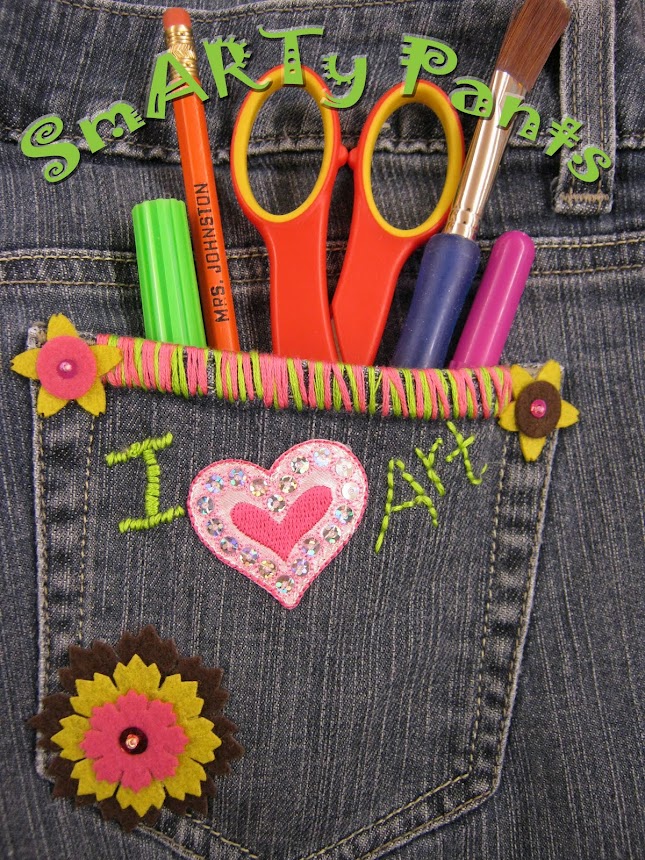In China the panda bear is a symbol of peace. We learned about the habitat of the panda and its behaviors. Students learned that pandas are a quiet, solitary animal that spends most of its day either eating bamboo or sleeping. My students love learning about where animals originally come from. I am happy that when I ask them now where a panda comes from their response will not be "the zoo".
Our first step for this project was studying the habits and behaviors of the panda.
Step 1: Students used basic shapes to draw the body and the head of the panda. Learning this skill has really improved the drawings of the students.
Step 2: Students painted the head and body only using white tempera paint. Students then added a horizon line and bamboo around the panda. They created their bamboo by touching the brush to the paper leaving the shape of the brush. We did not drag or actually "paint" with the brush to create the bamboo.
Step 3: After allowing the paint to dry for a week students added the black areas of the panda. We do this to make sure we don't end up with grey areas.
Step 4: Our final step was to add the Chinese symbol for peace. I bought these stencils at a craft store and students used a dot sponge to put the paint on the stencil.
Mrs. Johnston
Travel with Mrs. Johnston's art class on a trip around the world with art!
Tuesday, January 25, 2011
Sunday, January 23, 2011
Gung Hay Fat Choy
Have a prosperous and good year! Chinese new year is upon us. The Chinese New Year is a holiday that marks the end of winter and the beginning of spring. The holiday is rich with cultural traditions that make a great learning experience for students. We study the customs and traditions of holiday. the children love hearing about how bad luck is swept out of the home to prepare for the new year. Scissors and sharp objects are put away so as not to cut off the good fortune of the new year. The celebration has many interesting facets such as the dancing lions and dragons, firework festivals, and the lantern festival to mark the end of the fourteen day new year celebration.
Sunday, January 16, 2011
A Special Acitivity With My Kindergarten Friends
I collaborated with Mrs. Keen's kindergarten class this week to bring a book to life. After studying hibernation and bears I helped the class with a special activity. The result was adorable. We based it on the book Bear Snore's On! Go to Keen's Kinderblog for more information!
Subscribe to:
Posts (Atom)
